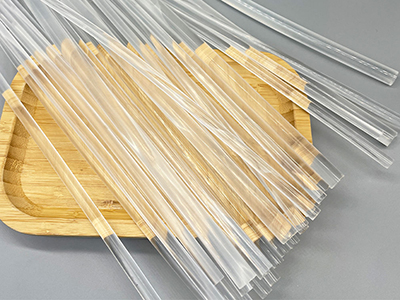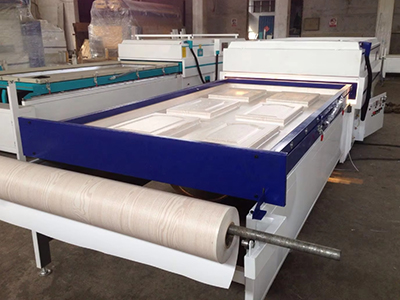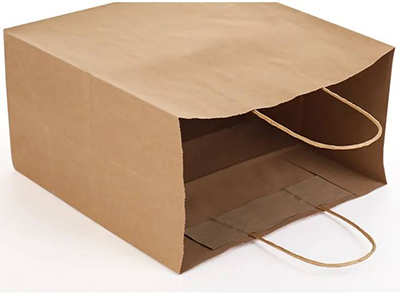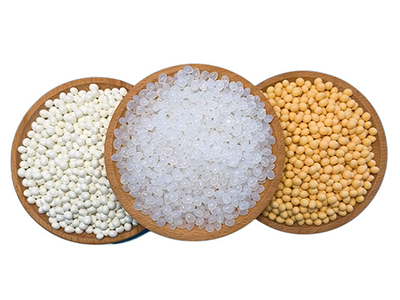Edge banding glue is a crucial component in the process of edge banding, which is the process of applying a thin strip of material to the edges of furniture pieces such as cabinets, desks, and bookcases. The purpose of edge banding is to cover exposed raw edges, creating a smoother, more finished appearance and improving the durability of the furniture. Edge banding glue is used to secure the edge banding to the furniture piece, ensuring that it stays in place and lasts as long as possible.
There are many different types of edge banding glue available on the market today, each with its own unique set of advantages and disadvantages. Some of the most popular types of edge banding glue include contact cement, hot melt glue, and PVA glue.
Contact cement is a type of glue that is applied to both the edge banding and the furniture piece, and then allowed to dry for a set amount of time before the two surfaces are brought together. Contact cement is a popular choice for edge banding because it forms a permanent bond that is difficult to break, making it ideal for use in high-traffic areas where furniture is subject to frequent wear and tear.
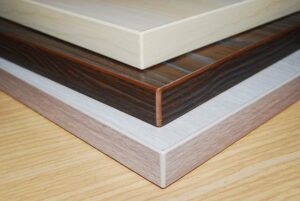
Hot melt glue, on the other hand, is a type of glue that is applied to the edge banding in a liquid state, and then heated to a temperature where it melts and adheres to the furniture piece. Hot melt glue is a popular choice for edge banding because it is easy to apply, dries quickly, and can be sanded down for a smooth, seamless finish.
PVA glue, also known as white glue or school glue, is a type of glue that is water-based and dries clear. PVA glue is a popular choice for edge banding because it is easy to clean up, dries clear, and provides a strong bond that is suitable for use in a wide range of applications.
No matter which type of edge banding glue you choose, it is important to follow the manufacturer’s instructions carefully to ensure the best possible results. Some types of edge banding glue require the use of specialized tools or equipment, such as hot melt glue guns or contact cement brushes, so it is important to have all of the necessary tools on hand before beginning the edge banding process.
In conclusion, edge banding glue is a crucial component in the edge banding process, helping to secure the edge banding to the furniture piece and improve its appearance and durability. With so many different types of edge banding glue available on the market, it is important to choose the one that is best suited to your specific needs and to follow the manufacturer’s instructions carefully to ensure the best possible results.



